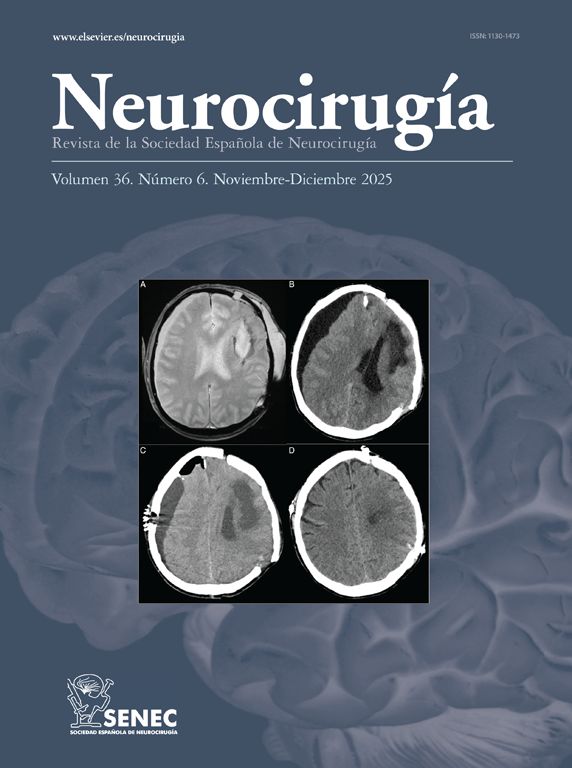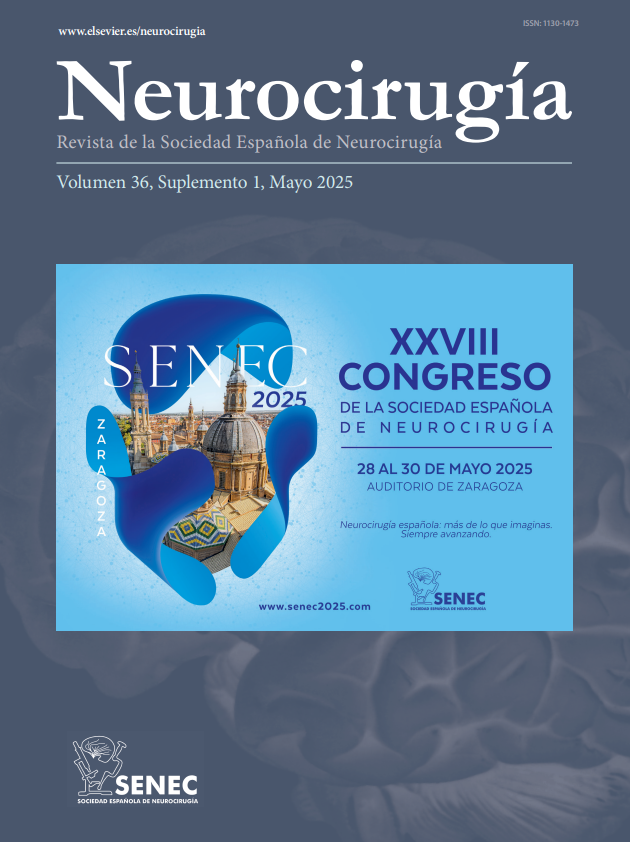P-097 - REDUCCIÓN ESPONTÁNEA DE UN CAVUM SEPTUM PELLUCIDUM Y CAVUM VERGAE GIGANTE
Hospital Universitario Son Espases, Palma de Mallorca, Spain.
Introduction: Midline septal defects [cavum septum pellucidum (CSP), cavum vergae (CV) and cavum velum interpositum] constitute regular findings during foetal and neonatal stages of life. Its permanence beyond those periods remains usually asymptomatic but, in some patients, it may carry complications, requiring treatment.
Case report: A teenager woman was referred to our department by her neurologist due to the findings on her MRI. She had suffered pre-syncope episodes at school. Initial neuroimage revealed a 2.3 cm-width cystic CSP and CV, without secondary hydrocephalus. An EEG resulted consistent with right temporal lobe epilepsy, while continuous intracranial pressure monitoring discarded intracranial hypertension or pathologic low amplitude Lundberg B waves. Due to the lack of a clear relationship between patient symptoms and the cyst, clinical follow-up was decided. Twelve months later, a follow-up MRI revealed a spontaneous regression of the cyst, without radiological evidence of cyst fenestration or wall thinning.
Discussion: Scarce reports of spontaneous regression of CSP and CV have been published and in none of them continuous intracranial pressure monitoring was performed. In incidental cystic CSP-CV cases, the possibility of spontaneous regression has to be considered as it may affect clinical decision making and follow-up plans.






